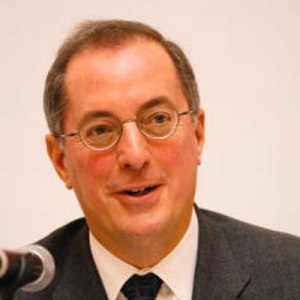Telecom Lead Asia: Intel president and CEO Paul Otellini has decided to retire in May.
During Otellini’s tenure as CEO — from the second quarter of 2005 through the third quarter of 2012 – Intel generated cash from operations of $107 billion.
The chip major will be looking for a new CEO, Intel said on Monday.

The board of directors will conduct the process to choose Otellini’s successor and will consider internal and external candidates for the job.
“Paul Otellini has been a very strong leader, only the fifth CEO in the company’s great 45-year history, and one who has managed the company through challenging times and market transitions,” said Andy Bryant, chairman of the board.
Meanwhile, Intel also promoted three senior leaders to the position of executive vice president: Renee James, head of Intel’s software business; Brian Krzanich, chief operating officer and head of worldwide manufacturing; and Stacy Smith, chief financial officer and director of corporate strategy.
From the end of 2005 through the end of 2011, Intel achieved record revenue and net income. During this period, annual revenue grew from $38.8 billion to $54 billion, while annual earnings-per-share grew from $1.40 to $2.39.
During this period, the company transformed operations and the cost structure for long-term growth.
Intel also achieved innovations, including High-K/Metal gate and now 3-D Tri-gate transistors; and dramatic improvement in energy efficiency of Intel processors. Moreover, it reinvented the PC with Ultrabook devices.
Though Intel delivered the first smartphones and tablets for sale with Intel inside, the chip major could not make significant contributions to the smartphone segment.
“After almost four decades with the company and eight years as CEO, it’s time to move on and transfer Intel’s helm to a new generation of leadership. I look forward to working with Andy, the board and the management team during the six-month transition period, and to being available as an advisor to management after retiring as CEO,” Otellini said.





